What’s the Best Environment for Sleep in Summer?
You know it’s almost summer when it’s 6 p.m., and the air has a faint smell of chicken being barbecued by your next door neighbor, and the sun is showing no signs of setting before your child’s bedtime. I still have vivid memories from when I was little, telling my mom, “But the sun is still out, and the neighbors are still playing, so why do we have to go to bed?!” Her reply was always consistent: “Because I said so.”
Spoiler alert: I am my mother, and my children go to bed when the sun is still in the sky during the summer time.
How do I make this happen, though? In addition to a great sleep routine and solid sleep hygiene, I have created a sleep conducive space that provides external support during the warmer months.
Here’s how you can set up the best environment for sleep in summer.
The Sunlight Problem
The biggest culprit for delayed bedtimes and early morning wakings in the summer is sunlight. Depending on where you are located, the sun can rise as early as 5 a.m. (and who wants to be up that early?!) and can set as late as 9 p.m.
But when should kids go to bed and rise? An ideal wake-up time for most children through the age of seven years old is sometime between 6 a.m. and 7 a.m. and an appropriate bedtime for the same age range is between 7 p.m. and 8 p.m. Therefore, we need to solve for the excess light that will be undoubtedly streaming in through your child’s windows and preventing them from going to sleep or staying asleep.
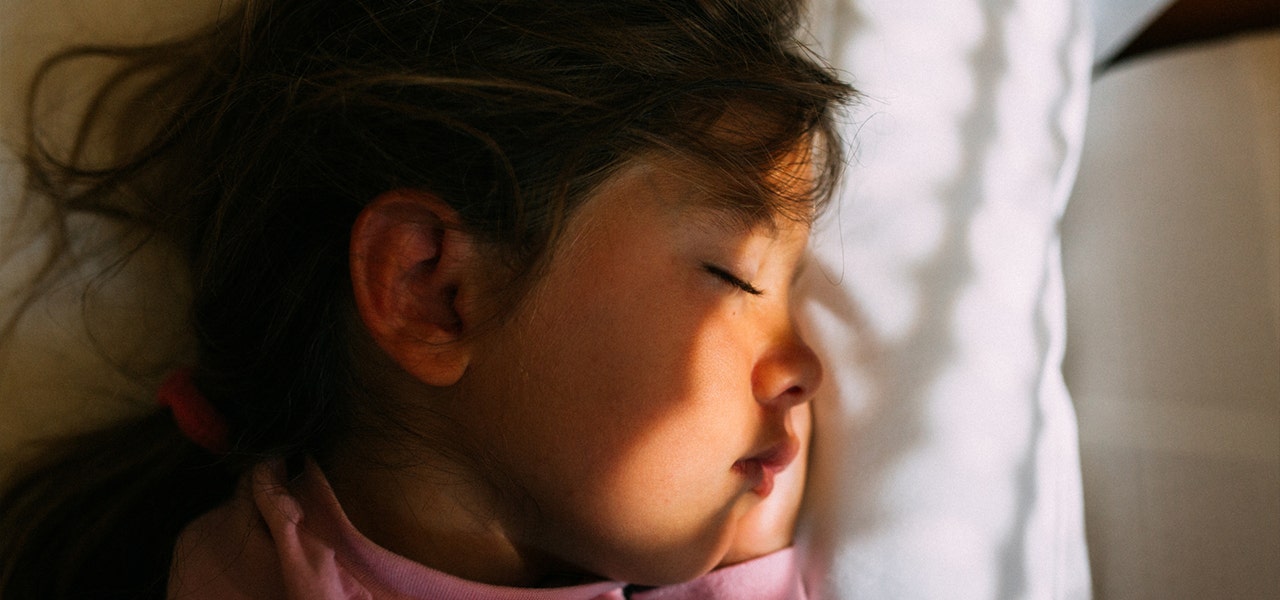

Enter: Blackout Curtains
There are so many options on the market that claim to be “blackout” or “light reducing” curtains, so let’s talk about what I mean by “cave-like” dark. Ideally, when you are in your child’s bedroom with their door shut, I want it to be difficult to see your hand in front of your face during the daytime.
I can feel some eyes rolling through the screen, and I know that this level of darkness sounds crazy. However, bright light tells our brains to produce awake hormones (cortisol and adrenaline) which increase throughout the daytime.
If we want our children’s bodies to work naturally with their hormone production, introducing them to a dark environment cues to the brain to produce sleepy hormones (melatonin and adenosine). This makes it easier to fall asleep and stay asleep for a longer period of time, solving for late bedtimes and early wakings!
Blackout Curtains On-the-Go
If you’re traveling this summer, you can purchase travel blackout curtains with suction cups to create a dark environment in your hotel or house rental. Alternatively, get scrappy! Bring a roll of tin foil, wet one side with water, and stick the tin foil directly to your window to create a completely blacked out environment for a nominal cost.
Dressing at Bedtime for Warmer Weather
The optimal temperature for sleep is somewhere between 68℉ and 72℉, per Fortune. We want the body to be on the cooler side to promote deeper NREM sleep cycles, therefore set your thermostat or air conditioning unit to adjust for the appropriate room temperature.
If you do not have access to air conditioning in your child’s room, use a fan. If your baby is in a crib, it is okay to just put a sleep sack over their diaper. If your child is not wearing a sleep sack anymore, dress them in lighter pajamas and use a light blanket instead of a heavy comforter.
When dressing your child for sleep in a room that is temperature controlled, opt for lightweight pajamas. If your baby is still wearing onesies, consider using ones without feet on the bottom as heat releases from our head and feet. If you are using a sleep sack, one layer of clothing underneath the sleep sack is sufficient. The TOG rating – or “thermal overall grade” – of the sleep sack should be lower, such as 0.5 or 1.0.
If your child is no longer in a sleep sack, dress them in lighter clothing (pajamas that are shorts with short sleeved shirts, nightgowns, etc.) and consider changing the bedding to a light blanket if you were using a heavier duvet for winter time.
Keep Allergies and Humidity at Bay
If your child is prone to allergies in summer, you may notice that their sleep during the warmer months becomes disrupted due allergy symptoms such as:
- Itchy eyes, nose and throat
- Runny nose and eyes
- Post nasal drip (drainage in the throat)
- Coughing
- Sneezing
It is always recommended to follow your pediatrician’s or allergist’s guidance on how to treat allergies with any prescribed medication.
Try a Dehumidifier
When the weather becomes particularly humid, use a hygrometer to monitor humidity levels in your child’s bedroom. The recommended level should range somewhere between 30-50% to maintain comfort and promote restful sleep. Adding a dehumidifier or a ceiling fan can help circulate the air in addition to an air conditioning wall unit or whole-house air conditioning system.
Bedding Matters, too!
In addition, you can prevent allergies in summer by regularly cleaning like vacuuming, dusting and washing your child’s bedding (including their mattress cover). Adding an air purifier to their bedroom will also keep allergen levels low. Finally, be sure to have a breathable mattress to help keep the airflow circulating and their body temperatures regulated.
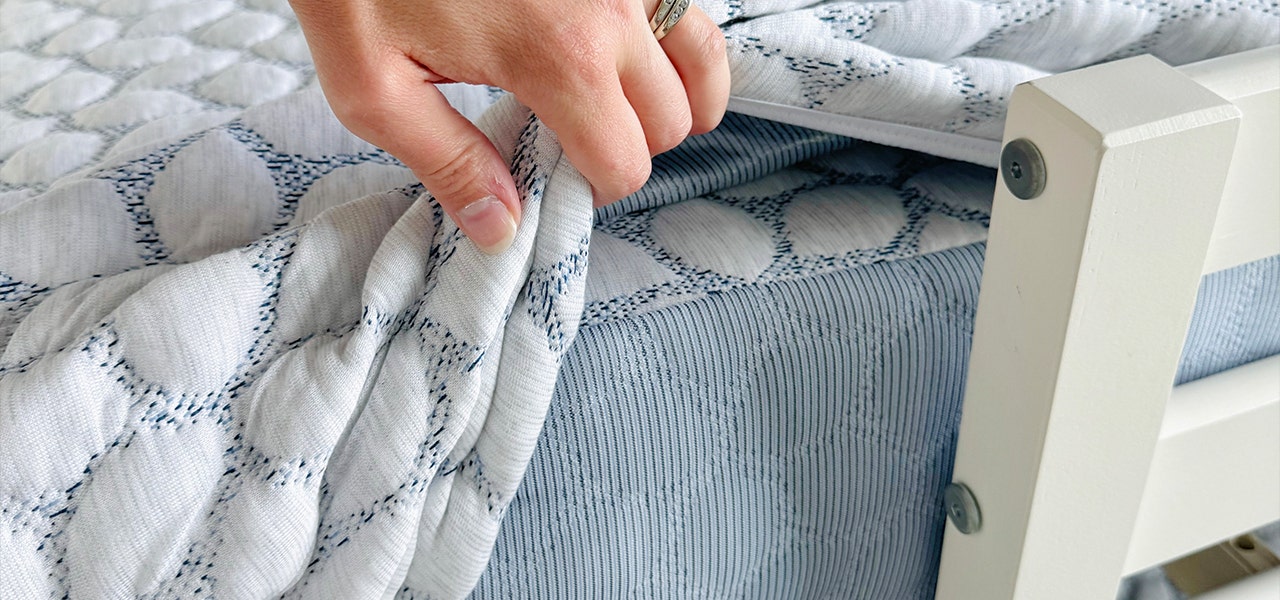

Prep for Success
Even the best environment for sleep can look off-putting to a kid who just wants to play until the sun goes down in the summer. While I am more lenient regarding bedtime timing during the summer months (partially because your children are likely exhausted from a long day of activities and partially because it’s okay to break the rules every once in a while), it’s still important to maintain boundaries and expectation with your child’s sleep.
If you decided to play outside or go for an evening walk after dinner and the ice cream truck pulls down your street just as you were about to throw your kids in the bath (that loudspeaker has impeccable timing, right?), take a deep breath and create a plan for success.
For example, you will allow one ice cream truck night per week and if your children get ice cream tonight, then the bedtime routine will be cut shorter. Let them know your expectations ahead of time, such as getting right into the bath once they are done eating. Hold them to this standard and don’t feel guilty saying “no” next time if the sugar rush and late bedtime is too much for them to handle.
Regardless of bedtime timing, keep your routine predictable and consistent so that your kids know what to expect. When they know the next step in the sequence, their nervous systems will be more likely to settle into “rest and digest” mode because our little ones love predictability.
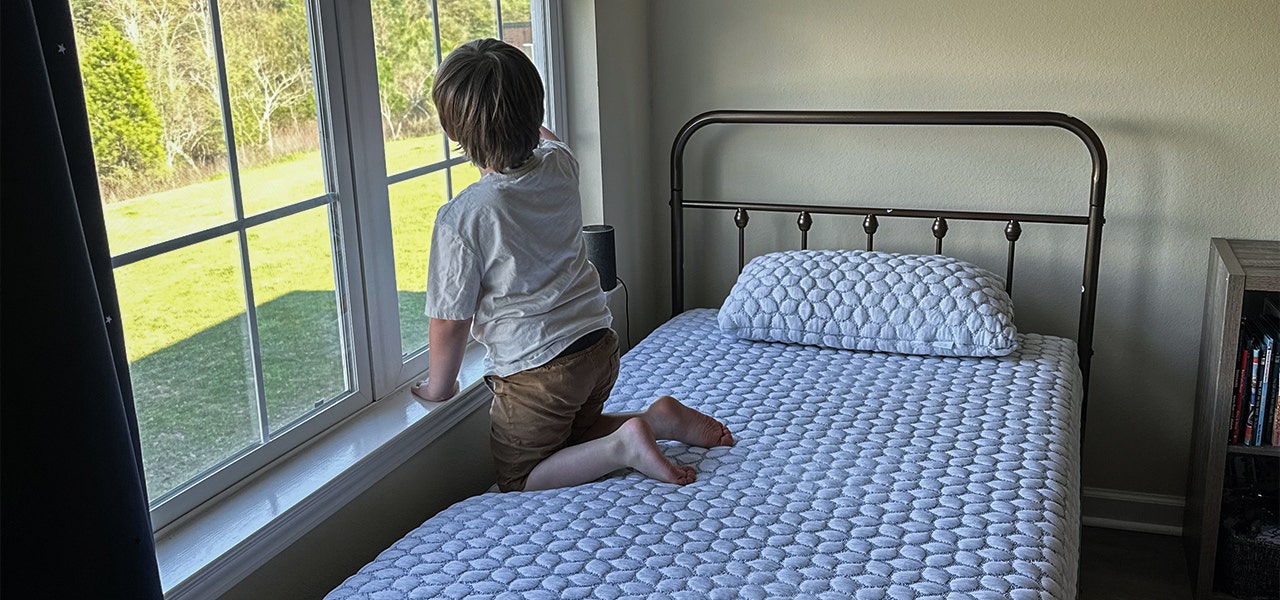

Cheers to Later but More Restful Nights
These warmer months hold opportunities to create so many memories with your littles. Remember to make some adjustments to their summer sleep routine to create the best environment for sleep and take a deep breath in order to go with the flow, and you’ll be sure to continue enjoying restful nights this summer season.

 Baby
Baby
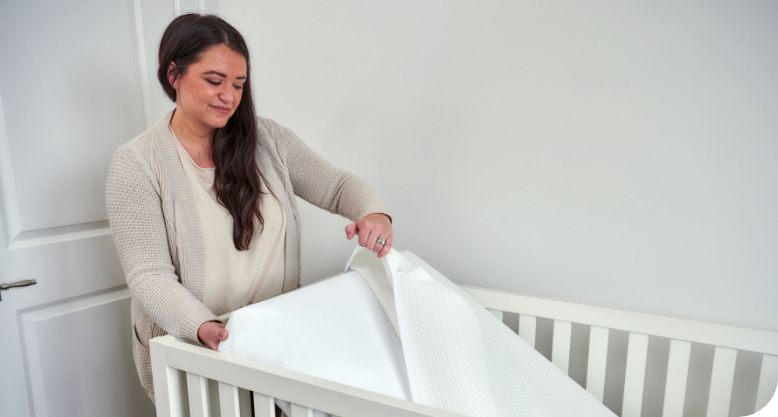
 Kids
Kids
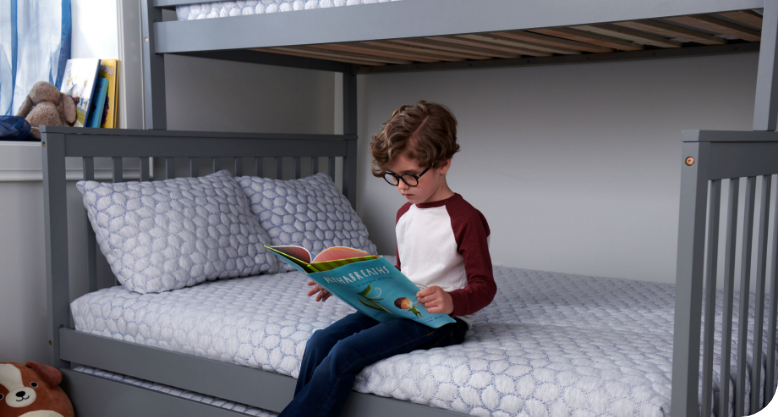
 Learn
Learn
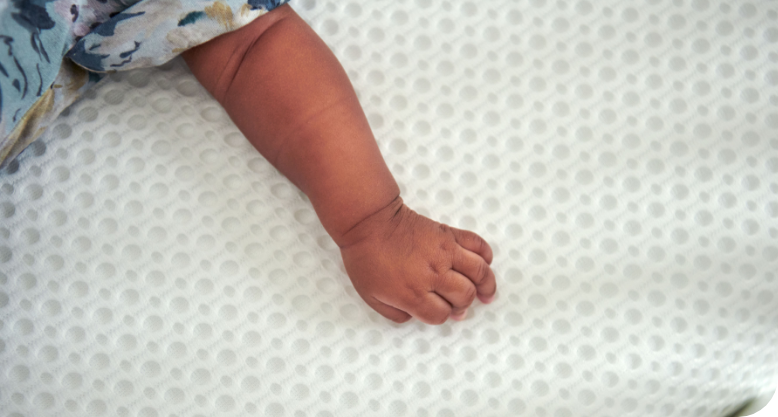
 FIND A STORE
FIND A STORE CONTACT
CONTACT


